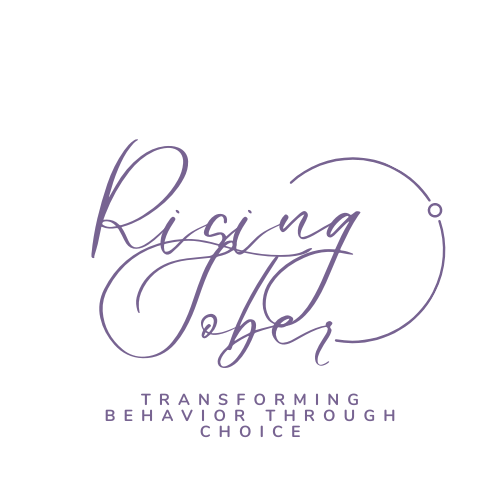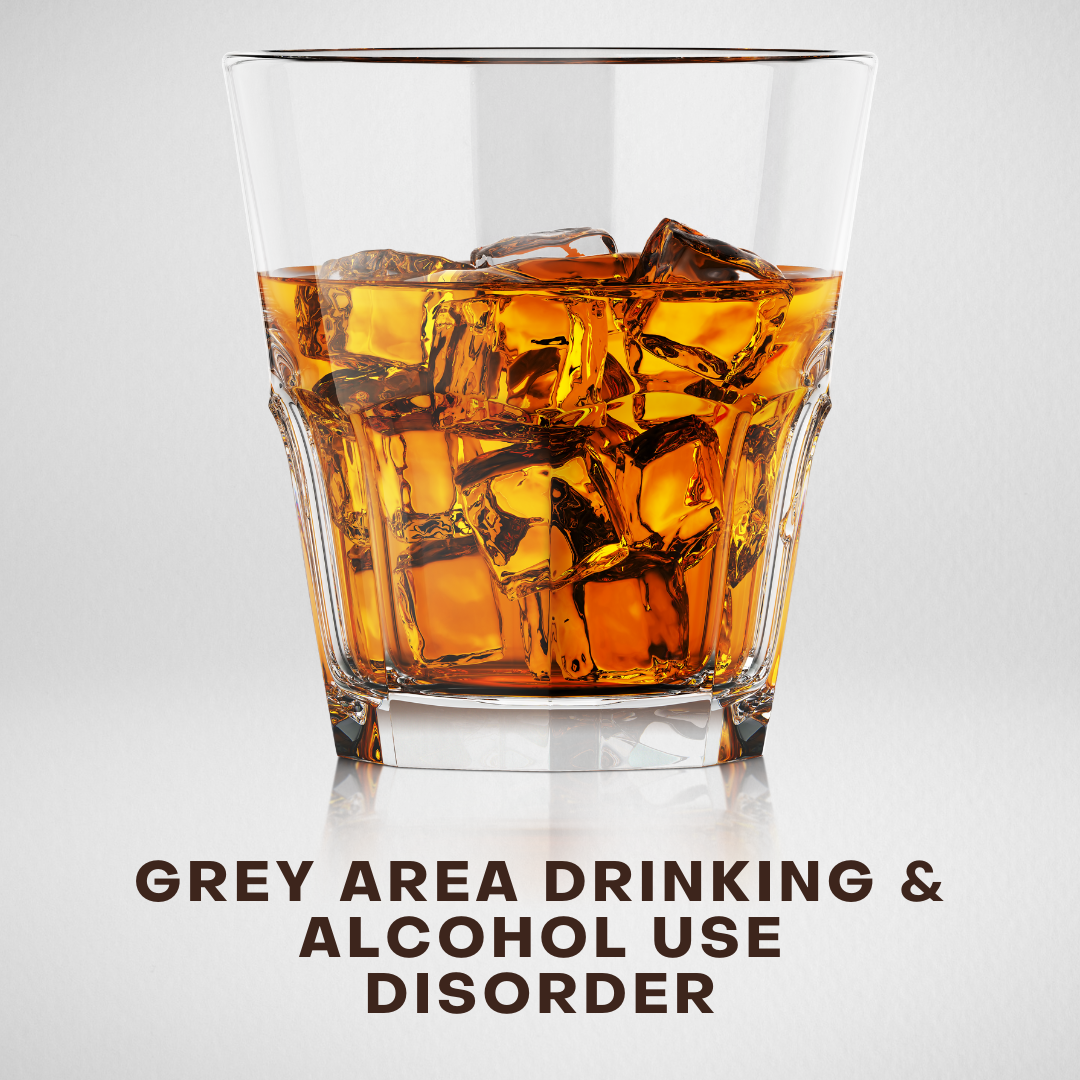There has been a LOT of buzz about grey area drinking these days. I was encouraged to write this post about Alcohol Use Disorder (AUD) because I think there is SO much confusion about “what is grey area drinking” vs. “what is AUD”?
I saw an Instagram post (from a podcast host and influencer with 48k followers, who I enjoy a lot, actually) with the following statement: “Grey area drinker: the bit between occasional drinker (white) and alcohol use disorder, otherwise known as alcoholic (in the black).”
This statement was well-intended but portrayed inaccurate information that could potentially confuse others.
I would say instead that ‘grey area drinking is the spectrum between white (no substance use disorder) and black (severe substance use disorder).’
The vital thing to note is that grey area drinkers may still meet the criteria for mild, or even moderate, alcohol use disorder! However, they don’t meet the criteria for severe substance use disorder (which includes a physical dependence.)
To be clear: to be diagnosed with AUD, you only need to have 2 of the 11 criteria listed in the DSM-5. AUD can be mild, moderate, to severe. Most grey area drinkers identify with at least two criteria and would qualify as having mild AUD (according to the DSM 5.) Some examples of criteria grey area drinkers commonly identify with are: taking in alcohol in larger amounts than intended or over a more extended period of time; unsuccessful attempts to cut down or control alcohol use; a strong desire to use alcohol; or drinking despite personal/health/social problems exasperated by alcohol. A person only needs to identify with two of these within the past year to meet the criteria for mild AUD.
It is GREAT there is so much buzz around grey area drinking. I use the term myself. I have commonly said I consider problematic alcohol use a spectrum from white to black, with many shades of grey, which is why her post stood out to me. The important thing to clarify is the “many shades of grey” part:
AUD is a spectrum of mild, moderate, to severe. AUD is a clinical term, grey area drinking is not. So, when people talk about grey area drinking, they may be a light shade of grey. They may be a medium shade of grey. They mean they are not so dark a shade of grey; they are very dark grey, or black. This severe form of AUD is only a small portion of the population.
I think the term grey area drinking has been helpful for people to recognize they can address their drinking without labeling themselves “an alcoholic.” The important thing to remember is the word “alcoholic” is not even a clinical term anyway. The word “alcoholic” or alcoholism is what we tend to think of as the extreme form of AUD. However, you can still be a “grey area drinker” and meet the criteria to be diagnosed with a mild form of AUD.
As I always say, any day is a great day to quit drinking. No rock bottom is required! 🙂
For reference, here are the 11 diagnostic criteria for AUD according to the DSM-5.
In the past year, have you:
- Had times when you ended up drinking more, or longer, than you intended?
- More than once wanted to cut down or stop drinking, or tried to, but couldn’t?
- Spent a lot of time drinking? Or being sick or getting over other aftereffects?
- Wanted to drink so badly you couldn’t think of anything else?
- Found that drinking, or being sick from drinking, often interfered with taking care of your home or family? Or caused job troubles? Or school problems?
- Continued to drink even though it was causing trouble with your family or friends?
- Given up or cut back on activities that were important or interesting to you, or gave you pleasure, in order to drink?
- More than once gotten into situations while or after drinking that increased your chances of getting hurt (such as driving, swimming, using machinery, walking in a dangerous area, or having unsafe sex)?
- Continued to drink even though it was making you feel depressed or anxious or adding to another health problem? Or after having had a memory blackout?
- Had to drink much more than you once did to get the effect you want? Or found that your usual number of drinks had much less effect than before?
- Found that when the effects of alcohol were wearing off, you had withdrawal symptoms, such as trouble sleeping, shakiness, restlessness, nausea, sweating, a racing heart, or a seizure? Or sensed things that were not there?
The presence of at least 2 of these symptoms indicates Alcohol Use Disorder (AUD).
The Severity of the AUD is defined as:
- mild (2-3 symptoms);
- moderate (4-5 symptoms);
- severe (6+ symptoms).
Drop me a comment, DM, or share to anyone who may find this helpful!



